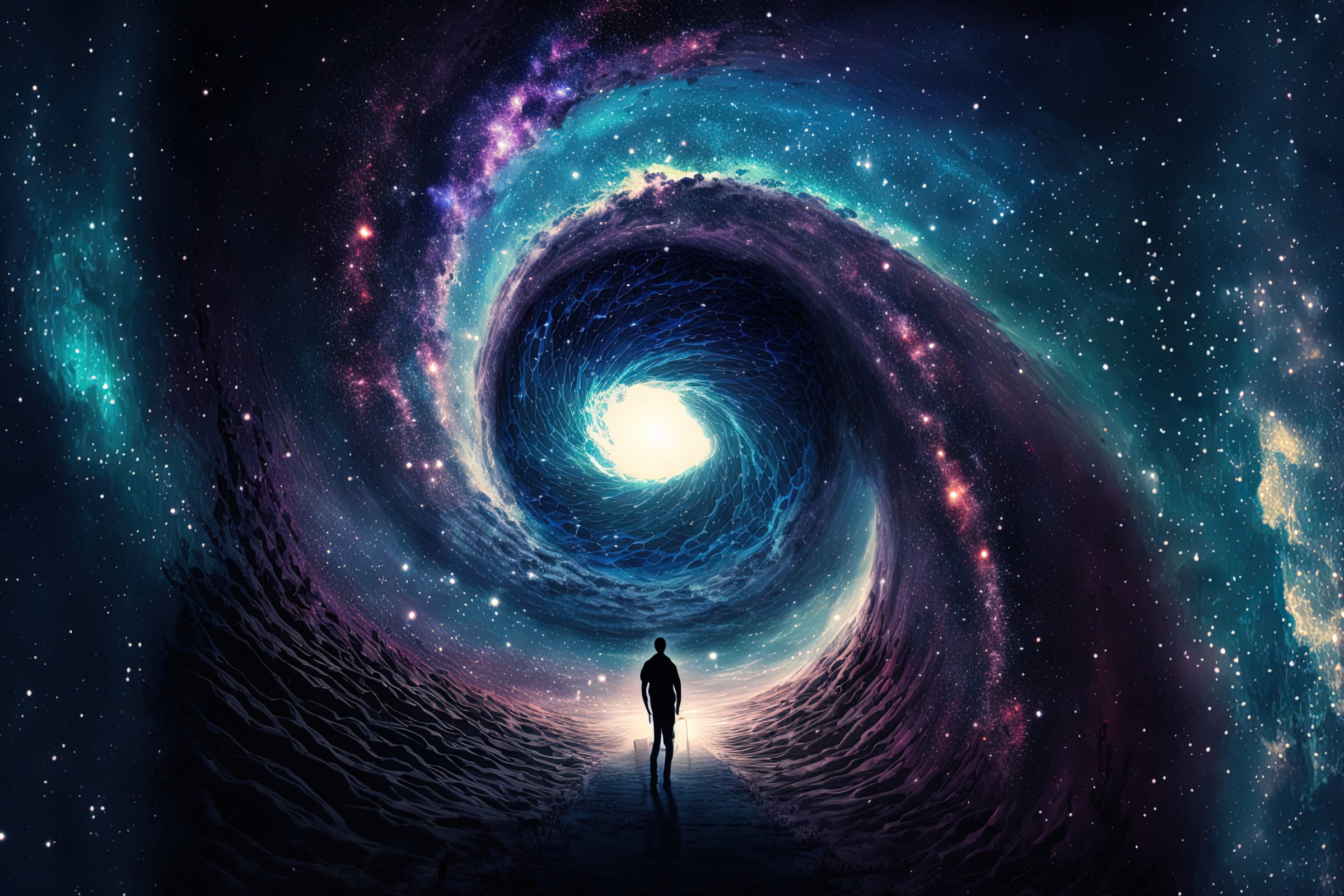


Here’s Why James Webb Telescope Discoveries Are Causing Scientists To Rethink Galaxy Formation (But Not The Big Bang)
Theories about the origin of the universe inevitably raise profound questions. So when science writer and independent physics researcher Eric Lerner reported that NASA’s new James Webb Space Telescope (JWST) had collected images disproving the widely-accepted Big Bang theory, the ensuing media excitement was perhaps understandable. Writing in a journal published by the British Institute of Art and Ideas, Lerner reported that NASA’s new telescope detected galaxies that are older and more numerous than astronomers expected. He then argued that this discovery supported his decades-old claim that “the Big Bang never happened” and also that astronomers are “panicking” about this. Though many media outlets picked up the story, astronomers aren’t actually worried and for good reason. The Big Bang affirms Read More ›
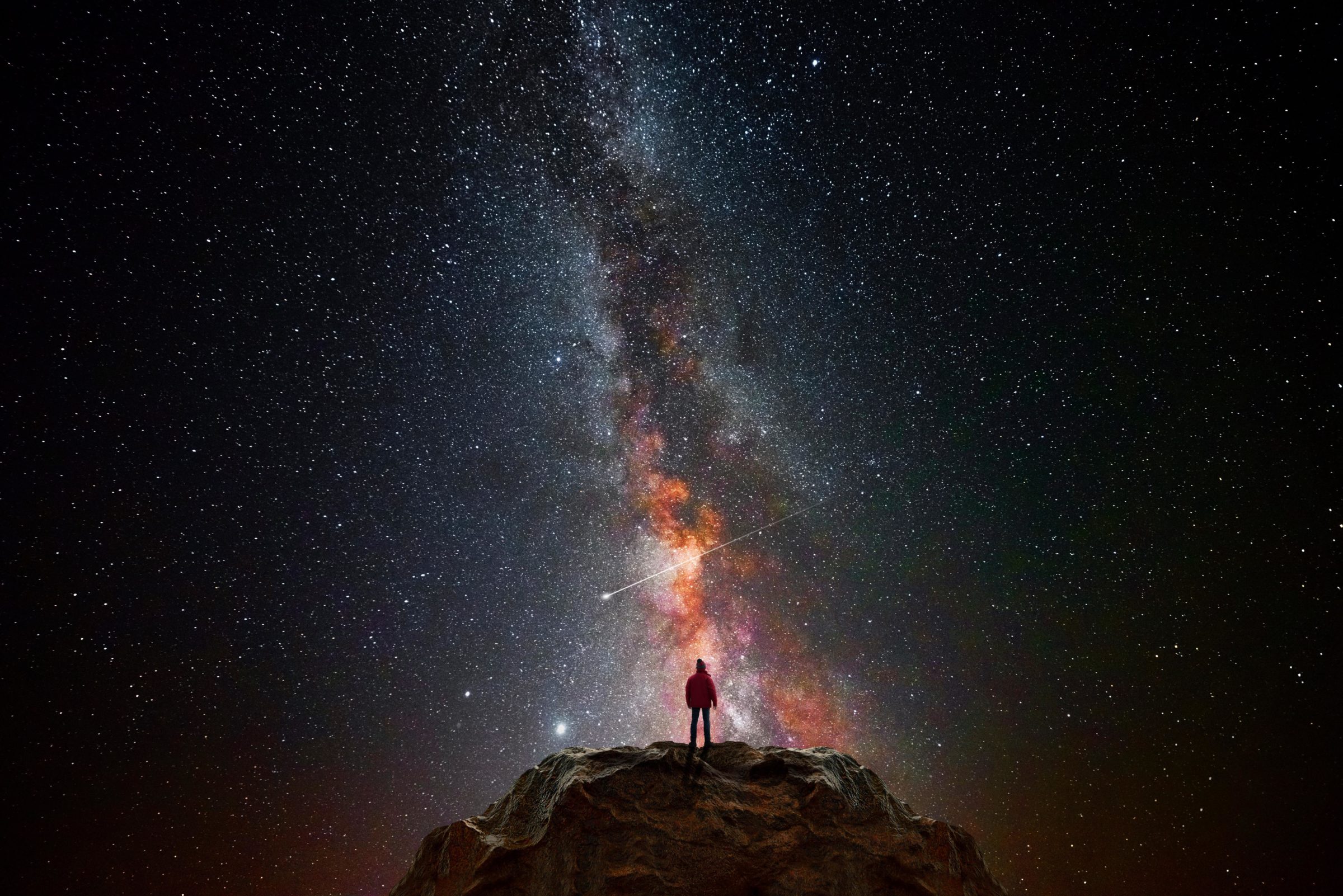
How Science Stopped Backing Atheists and Started Pointing Back to God
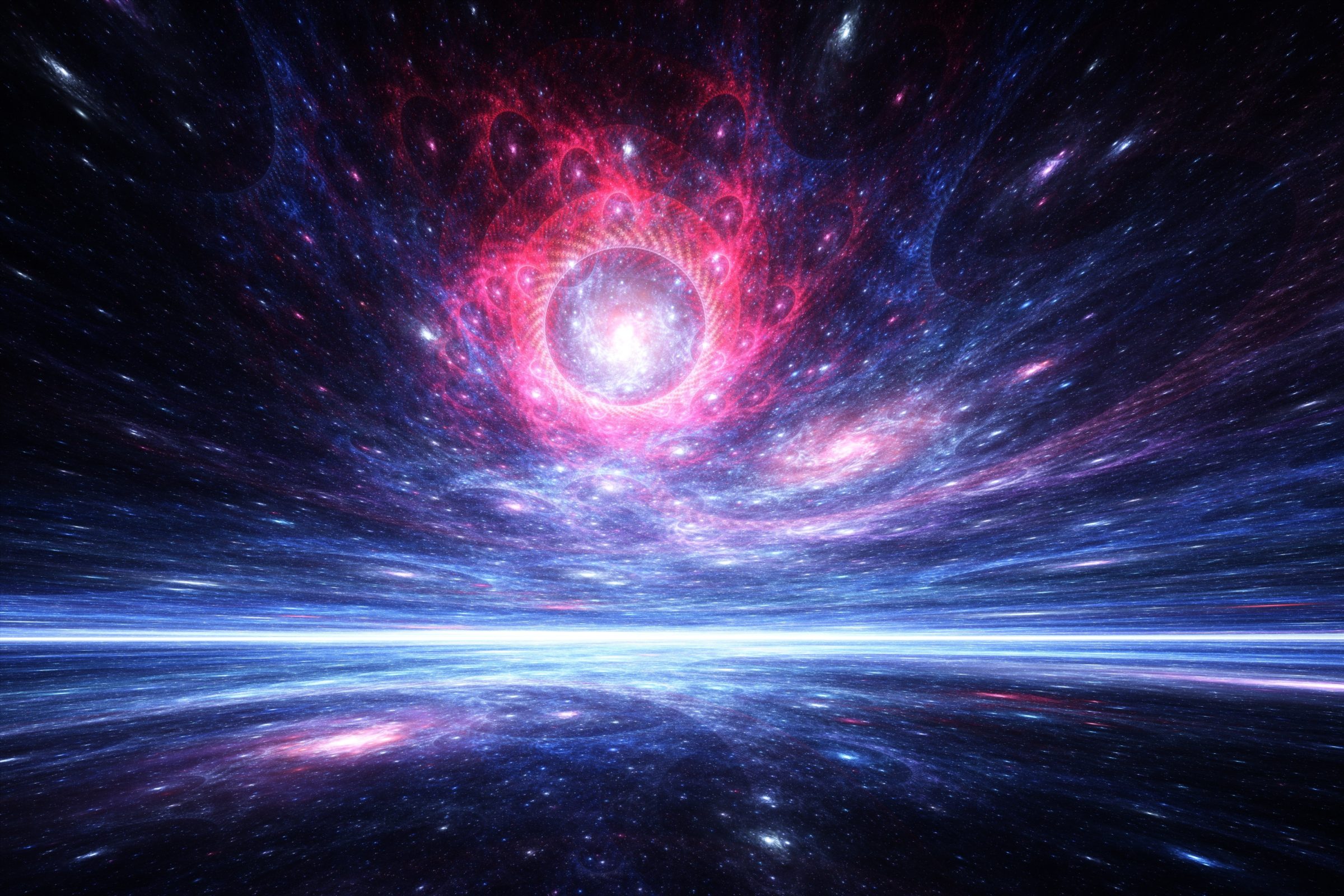
Meyer and Medved Discuss the Madness of the Multiverse
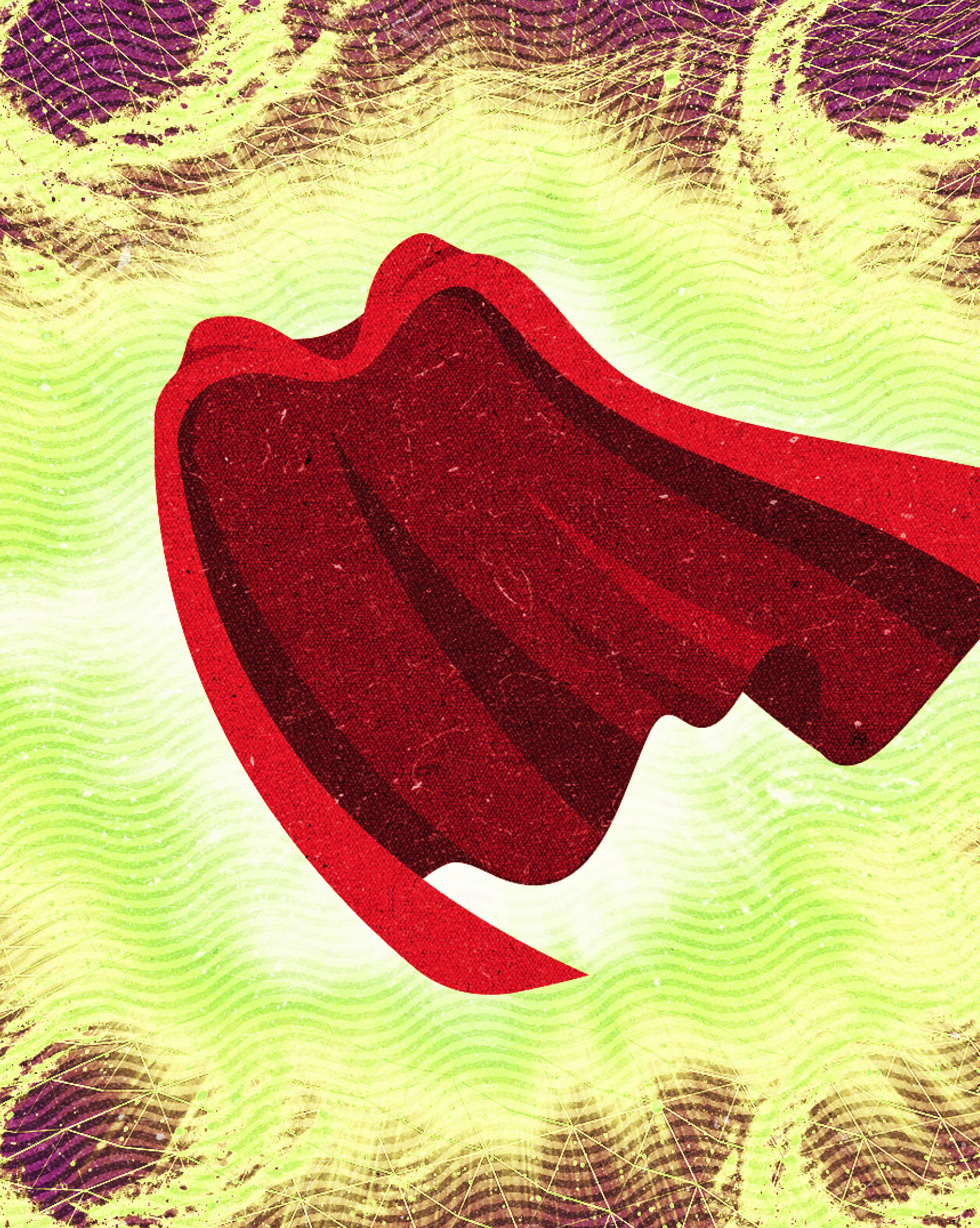
The Madness of the Multiverse and the Strangeness of Atheism
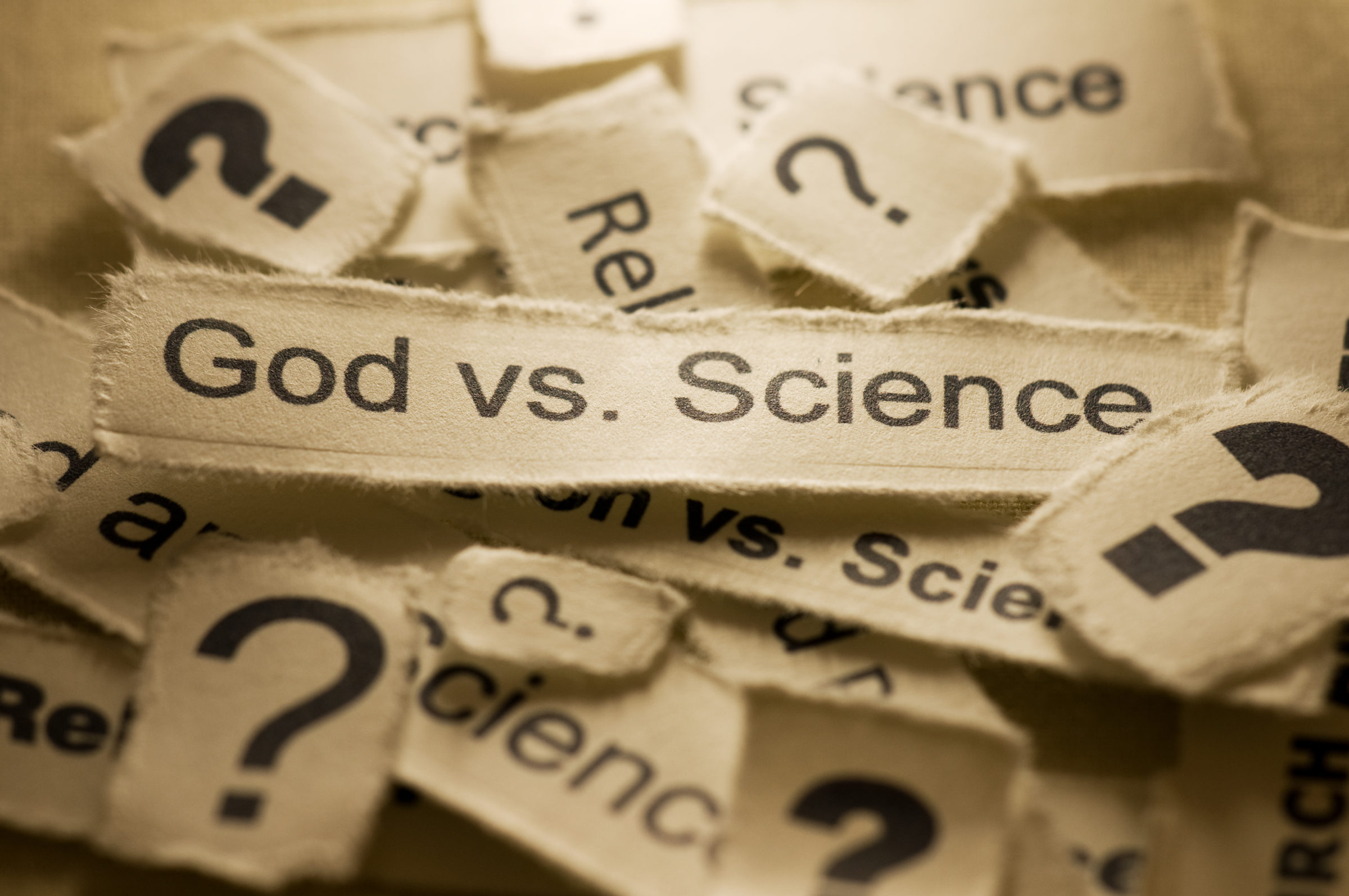
God’s Footprints: Science Makes Faith Plausible, Not Impossible
Andrew Klavan’s reference to the popular Bell Curve Meme calls to my mind a particularly provocative version of that Meme, in which the three figures representing the different levels of insight and intelligence address the relationship between science and belief in God. The dullard on the left-hand tail of the curve says, “don’t listen to science, all the answers come from God.” The representative of conventional wisdom sitting at the top of the curve says, “God isn’t real. You should trust the science.” But then, as in all versions of the meme, a twist occurs. The jedi-savant figure at the extreme right-hand tail of the curve reaffirms the existence of God because of, not in spite of, what science has Read More ›

Dennis Prager and Stephen Meyer Introduce New PragerU Video Series Making the Case for a Return of the God Hypothesis
In an Ultimate Issues hour of The Dennis Prager Show, Stephen Meyer and Dennis Prager introduce a series of 5 new PragerU videos that illustrate key arguments of Meyer’s latest book Return of the God Hypothesis. Watch the interview here:
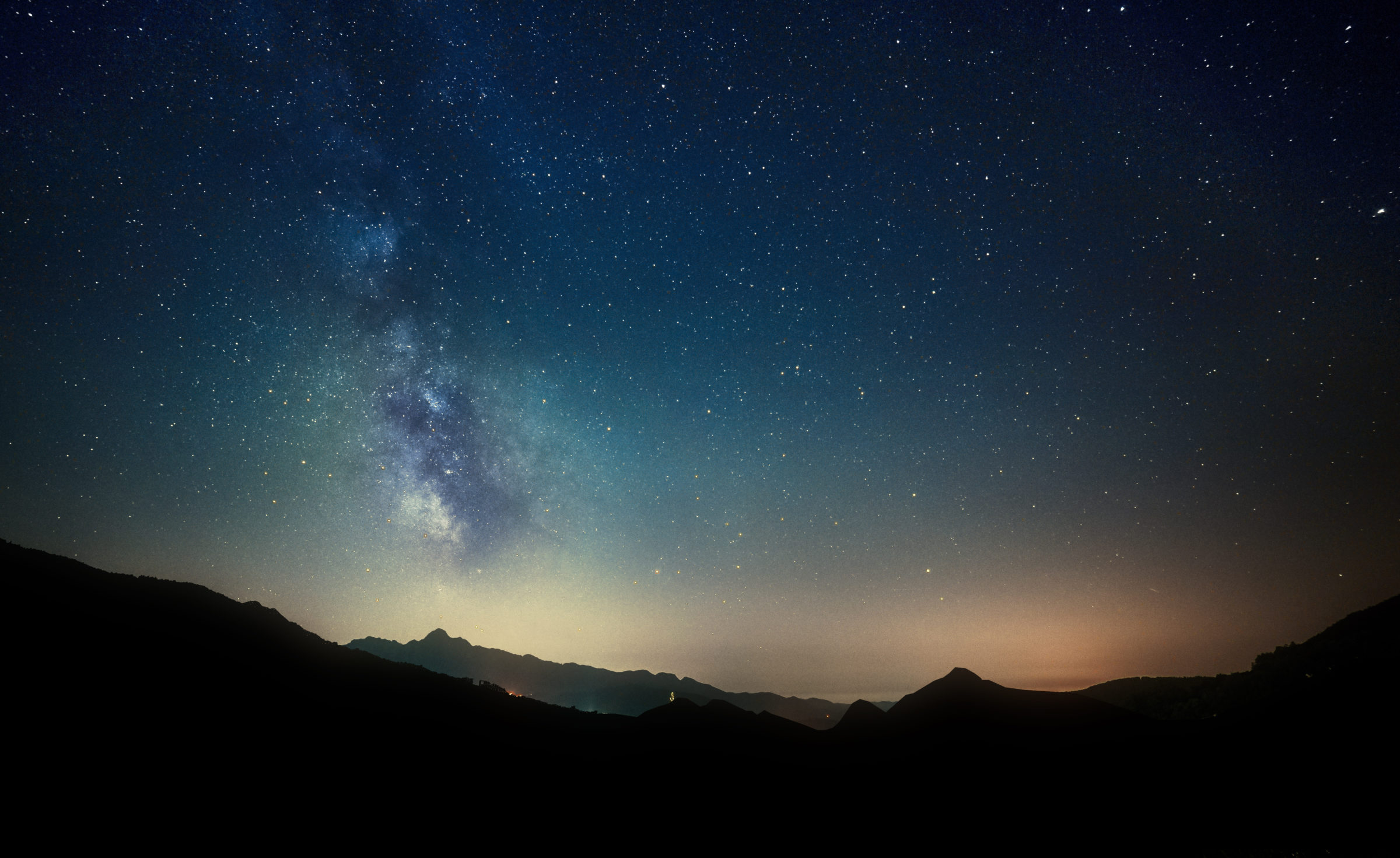
NASA To Launch Telescope Stronger Than Hubble That Can See Back In Time
During the winter holidays, Jews celebrate a miraculous, unquenchable light and Christians celebrate the incarnation of God revealed by the light of a star. It’s fitting, therefore, that on December 22 NASA will launch a new satellite capable of seeing the first starlight from just after the Big Bang—a light, and an event, that tell us about the creation of the universe and, in their own ways, reveal God to the world. NASA’s new James Webb Space Telescope will be carried into space this week from French Guiana on the back of an Ariane 5 rocket. The $10 billion, 21-foot telescope features a massive umbrella-like sun shield. It also boasts 15 times the range of motion and six times the Read More ›

Stand to Reason: A Discussion of Reasoning and Evidence for the God Hypothesis
Greg Koukl welcomed Dr. Stephen Meyer back to the Stand to Reason podcast to chat about his new book, recently named a Book of the Year by WORLD Magazine. The power of the theistic design hypothesis, says Meyer, comes from bringing several classes of evidence together to bear on the problems of the origin of life and the universe. Meyer also discusses why he uses the word “Return” in the book’s title, what type of reasoning is best to evaluate multiple competing hypotheses, how he makes his argument for a specifically theistic designer, and more! Listen to the full hour now:
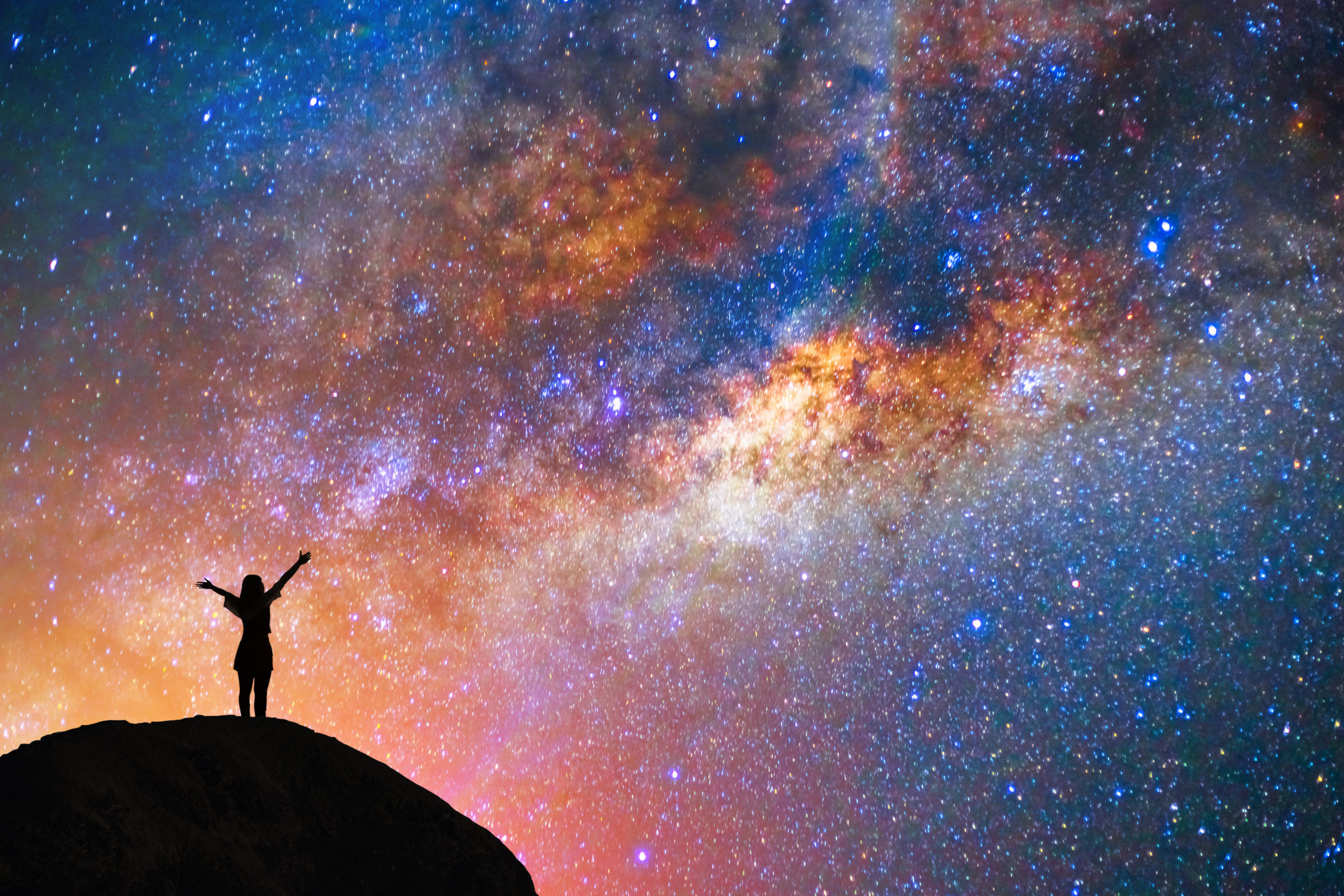
The New Oxford Review profiles Return of the God Hypothesis
Fred Hoyle, the astrophysicist, coined the phrase, “big bang,” to ridicule the idea that the universe had a beginning, a position which suited him as an atheist, materialist. But he changed his mind when the evidence indicated that the universe did have a beginning and that it was as finely tuned as a concert piano though with millions more interdependent variables that make possible our, Just right, Goldilocks universe. As Hoyle wrote, “the properties of the universe fall within narrow and improbable ranges that are absolutely necessary for any complex life forms to exist.” In The Return of the God Hypothesis, Stephen Meyer presents a variety of other scientists who may not have agreed with Hoyle but in one Read More ›